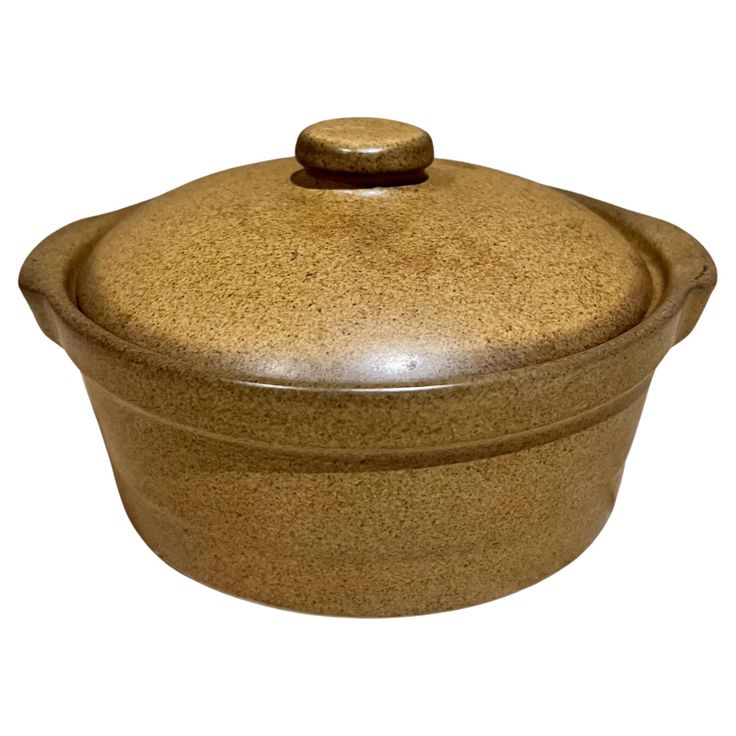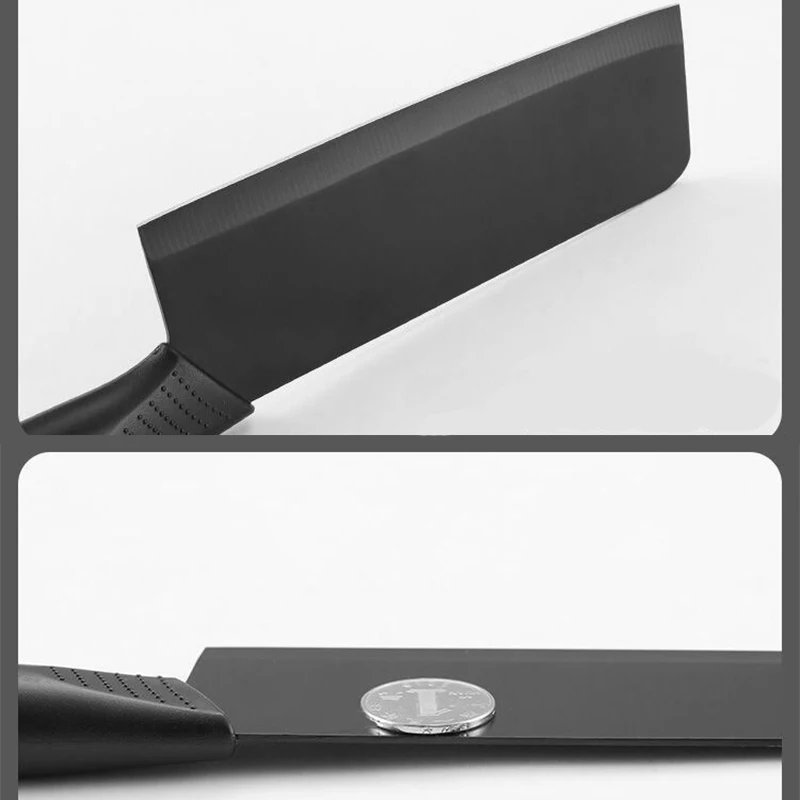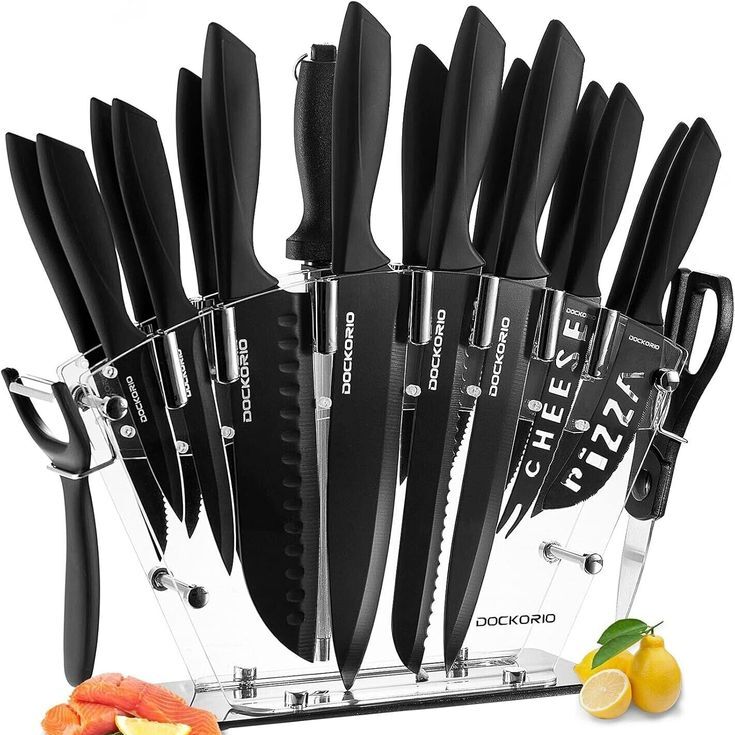A kitchen knives set is a fundamental component for any cooking enthusiast, whether you’re a seasoned chef or merely enjoy preparing meals at home. Having the right knives can significantly enhance your culinary experience, making food preparation faster, safer, and more enjoyable. This article will explore the essential types of knives included in a kitchen knives set, their uses, materials, maintenance practices, and tips for selecting the best knife set for your culinary needs.
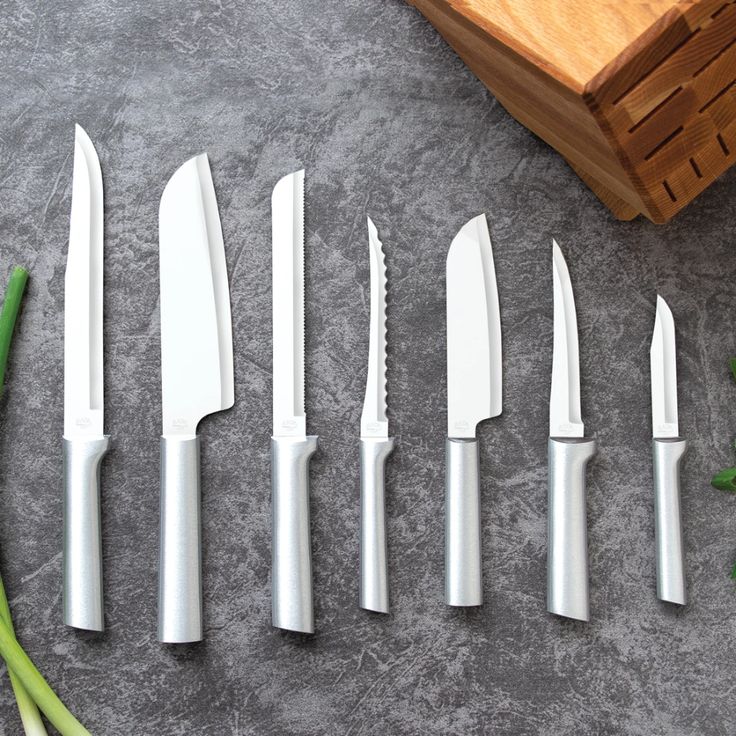
The Importance of a Kitchen Knives Set
Investing in a quality kitchen knives set is crucial for effective cooking. Each knife is designed with a specific purpose and complements others in the set. By having the right knives on hand, you can tackle a variety of tasks, from chopping vegetables to slicing meats.
Moreover, a well-rounded kitchen knives set boosts your confidence and skills in the kitchen. Using the appropriate tools can simplify food preparation, offering precision and efficiency. Just as a carpenter opts for the right tools, a cook will benefit from having a well-equipped kitchen.
Essential Types of Knives in a Kitchen Knives Set
Not all knives have the same qualities, and each knife serves a unique purpose in the kitchen. Here are some essential types of knives that you can commonly find in a quality kitchen knives set:
1. Chef’s Knife
The chef’s knife is often considered the most versatile knife in a kitchen knives set. Typically measuring between 8 to 10 inches in length, it allows you to comfortably perform various cutting tasks. The broad blade makes it easy to chop, dice, and mince ingredients with precision. A high-quality chef’s knife becomes an extension of your hand, enabling effortless slicing through vegetables, meats, and herbs.
2. Paring Knife
The paring knife is a smaller knife, usually between 3 to 4 inches long, designed for intricate tasks that require precision. It excels in peeling fruits and vegetables, deveining shrimp, and trimming small cuts of meat. A paring knife is an indispensable tool in your kitchen knives set, as it grants you greater control for detailed work.
3. Utility Knife
Utility knives are versatile and serve as a bridge between chef’s knives and paring knives in size and function. Ranging from 4 to 7 inches in length, utility knives can be used for various tasks, including slicing sandwiches and cutting larger fruits. Including a utility knife in your kitchen knives set allows you to handle a wide range of culinary tasks easily.
4. Bread Knife
The bread knife is easily identifiable by its long serrated edge. This design allows it to cut through crusty loaves or delicate pastries without crushing them. A bread knife is a vital inclusion in any kitchen knives set, especially for those who enjoy baking. With a serrated edge, it ensures clean, even cuts without damaging the bread’s texture.
5. Boning Knife
The boning knife features a flexible blade that helps you separate meat from bones with ease. Typically measuring between 5 to 7 inches long, it aids in tasks such as filleting fish or deboning poultry. Including a boning knife in your kitchen knives set empowers you to tackle meat preparation confidently.
6. Slicing Knife
Slicing knives, often long and thin, are specifically designed for carving cooked meats. Their blade allows for clean, smooth cuts, significantly enhancing the presentation of your dishes. If you often prepare roasts, briskets, or turkey, a good slicing knife should be part of your kitchen knives set.
7. Cleaver
The cleaver is a heavy-duty knife designed for chopping through thick bones and hard vegetables. While not commonly found in every kitchen knives set, it can be invaluable for those who frequently work with large cuts of meat. If you enjoy cooking that involves heavy-duty chopping, consider adding a cleaver to your collection.
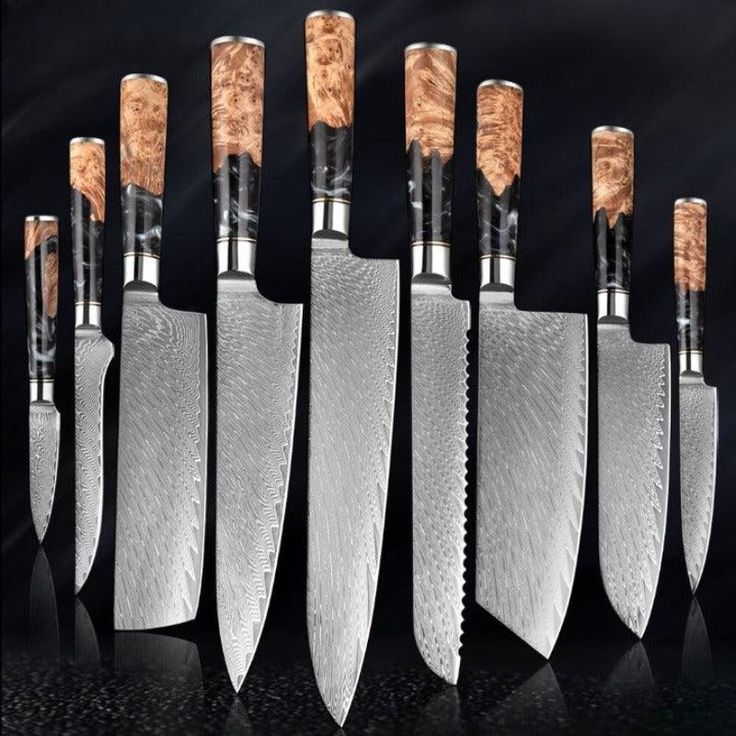
Materials Used in Kitchen Knives Sets
The materials used to create kitchen knives can significantly impact their performance, longevity, and visual appeal. Here are some common materials utilized in knife manufacturing:
1. Stainless Steel
Stainless steel is the most popular material for kitchen knives due to its excellent corrosion resistance. It’s easy to maintain and offers decent sharpness and durability. High-quality stainless steel knives properly cared for will retain their edges and resist rust.
2. High Carbon Steel
High carbon steel is known for its exceptional sharpness and edge retention. While it requires more maintenance than stainless steel, many chefs prefer these knives for their performance. High carbon steel is prone to rusting if not cared for correctly, but when maintained, it outperforms many other materials.
3. Ceramic
Ceramic knives are lightweight and extremely sharp. They retain their edge longer than metal knives, making them a popular choice for certain tasks. However, these knives tend to be brittle and can chip if you drop them. While they can serve as a useful addition to your kitchen knives set, you need to exercise caution.
4. Composite Materials
Some premium kitchen knives utilize composite materials, integrating various elements for enhanced performance. This approach provides durability, aesthetic appeal, and versatility. Composite knives are often designed for professional chefs looking for the best quality tools.
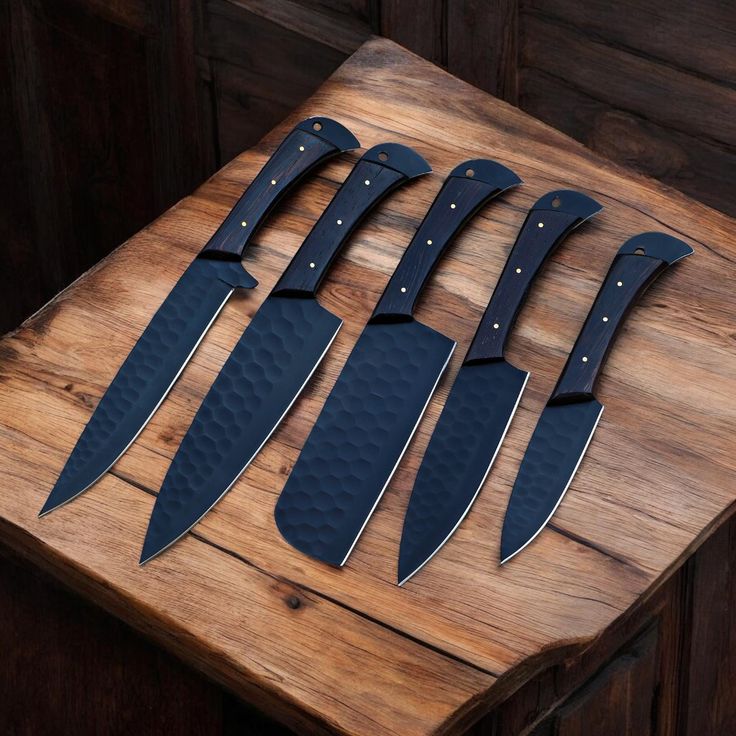
Maintenance Tips for Your Chef’s Knives Set
Proper maintenance is crucial for ensuring the longevity and performance of your kitchen knives set. Here are some essential maintenance tips to follow:
1. Regular Cleaning
Always wash your knives by hand after use with warm soapy water. Avoid putting them in the dishwasher since the heat and moisture can damage the blades and handles. Gently scrub off any food residue, ensuring to dry them immediately after washing.
2. Immediate Drying
Always dry your knives right after washing. Leaving them wet can cause rust, especially if you are using high carbon steel. Use a clean towel to absorb moisture and keep your kitchen knives in good condition.
3. Proper Storage
Storing knives properly is critical for maintaining their edges. Use a knife block, magnetic strip, or protective sheaths to avoid any damage. Avoid tossing your knives in a drawer where they can get nicked or scratched, as this can affect performance.
4. Regular Sharpening
Dull knives can be frustrating to use and can lead to accidents. Regularly sharpen your kitchen knives with a honing steel after each use and consider professional sharpening every few months or as needed. Keeping your knives sharp enhances performance and safety.
5. Use Appropriate Cutting Surfaces
Using a cutting board made of wood or plastic helps protect the blade’s edge. Avoid cutting on hard surfaces like glass or stone, as this can dull the knife quickly.
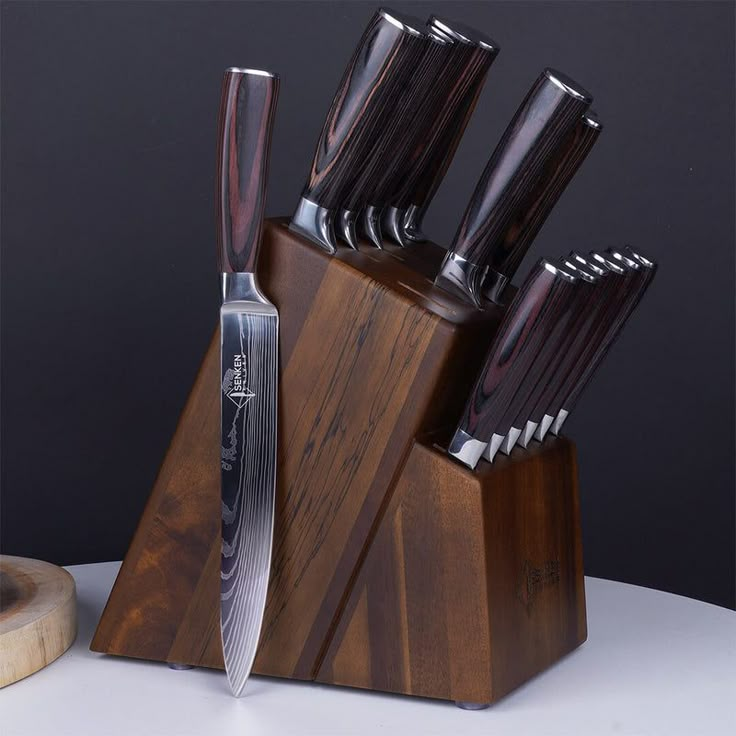
Buying Considerations for a Chef’s Knives Set
When purchasing a kitchen knives set, several factors influence your decision. Ensuring you select the right collection tailored to your cooking needs is essential. Taking the time to evaluate these aspects can make your cooking experience more enjoyable and efficient.
1. Set Composition
Begin by examining the composition of the knife set. Look for sets that include essential knives such as a chef’s knife, paring knife, and utility knife. These tools form the backbone of any well-equipped kitchen. If you frequently prepare specific dishes, ensure that the set aligns with your cooking style and requirements. A good knife set will provide versatility, allowing you to tackle a wide range of culinary tasks.
2. Quality of Materials
Next, focus on the quality of materials used in the knives. Opt for high-quality stainless steel or high carbon steel. These materials offer durability and superior cutting performance. Additionally, pay close attention to the construction and finish of the knives. The overall craftsmanship plays a vital role in how well the knives perform and how long they will last. A well-made knife will not only enhance your cooking but also remain reliable for years.
3. Comfort and Ergonomics
Choose knives with handles that feel comfortable in your hand. Ergonomic designs reduce strain during prolonged use and enhance your overall cooking experience.
4. Brand Reputation
Consider brands known for their quality and craftsmanship. Reputable manufacturers often provide better warranties and customer support, ensuring satisfaction.
5. Price Range
Set a budget that reflects the quality you desire. While it’s tempting to choose cheaper options, investing in a higher-quality kitchen knives set will pay off in performance and durability over time.
6. Reviews and Recommendations
Read customer reviews and seek recommendations from other cooking enthusiasts. Personal experiences often provide great insight into the usability and quality of different knife sets.

Conclusion
A well-rounded kitchen knives set is an invaluable investment for anyone passionate about cooking. By understanding the essential types of knives, the materials used, maintenance practices, and buying considerations, you can make an informed choice for your culinary endeavors. The right kitchen knives set will enhance your cooking efficiency and foster your skills in the kitchen.
With proper care, your kitchen knives can serve you well for many years, becoming a cherished collection of tools that elevate your cooking experience. By taking the time to choose wisely, you can explore the joy of preparing delicious meals and the satisfaction that comes with using the right tools for the job. Investing in a quality kitchen knives set is not just a purchase; it’s a step toward culinary excellence.
